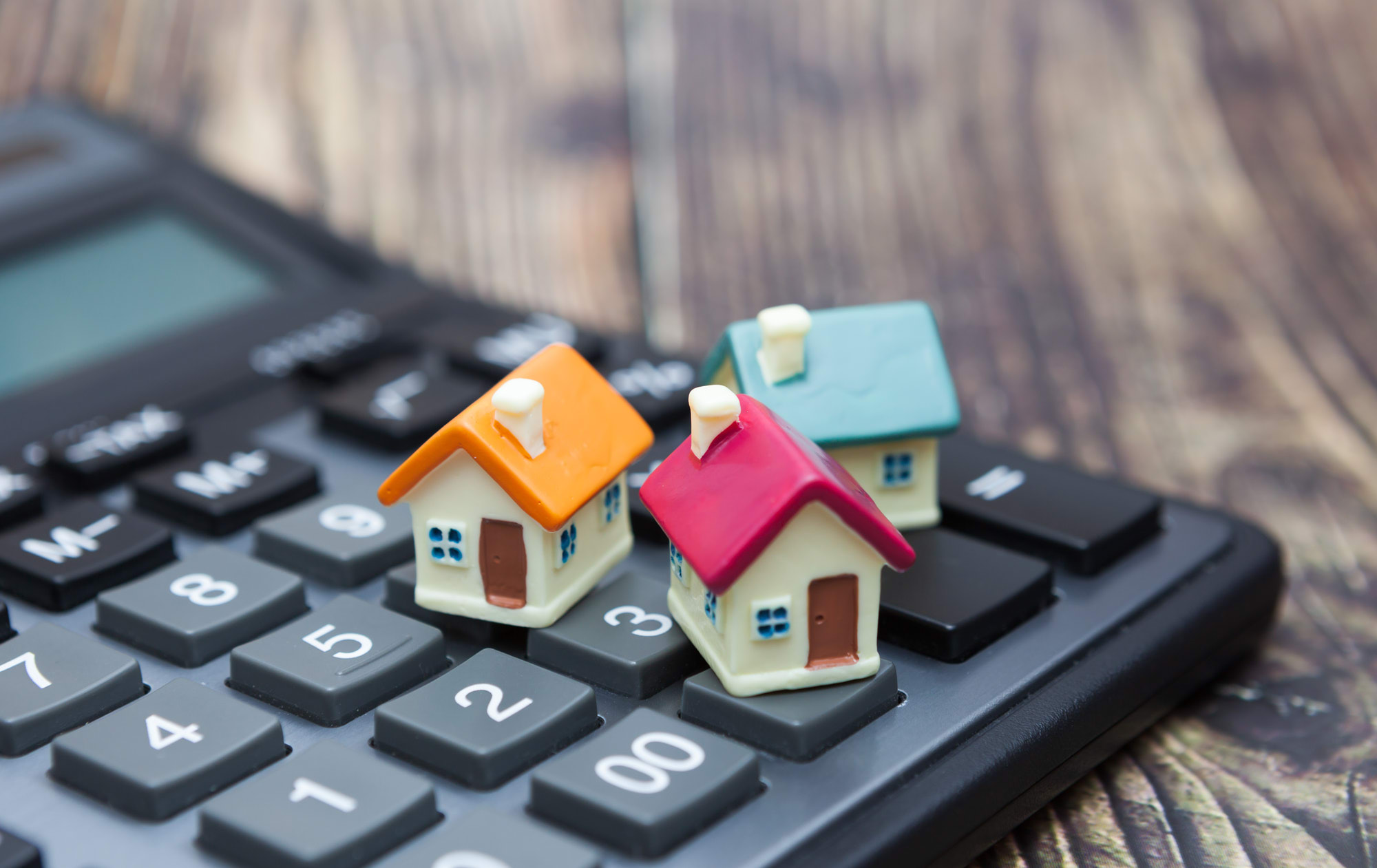In 2022, in Australia's eastern states, more than a quarter of residential property transactions happened without a mortgage, according to new research by PEXA.
This means that buyers could purchase homes without relying on loans, even with high-interest rates at the time.
Total value of residential sale settlements in Australia's eastern states was a whopping $478.6 billion

Surprisingly, $122.5 billion of these purchases were made in cash, which accounts for 25.6% of all transactions.
The term "cash purchases" in the report refers to transactions where no mortgage is registered on the property title at the time of settlement.
This could include alternative sources of financing other than traditional home loans.
It's worth noting that this trend continued from the previous year, as 2021 also saw a substantial amount of cash-funded property exchanges, totalling $124.8 billion.
However, the jump from $83.6 billion in 2020 to $122.5 billion in 2022 indicates a significant shift in buyer behaviour, which may be attributed to the booming real estate market following the COVID-19 pandemic.
Interestingly, the research identified that the postcodes with the highest proportion of cash purchases were mainly located in regional areas that are popular among older Australians.
This suggests that older buyers, particularly, are more inclined to purchase properties without relying on mortgages.
PEXA’s Head of Research, Mike Gill, said:
“The PEXA Cash Purchases report shines a light on an often-overlooked segment of the property sector.
Given these transactions represent more than a quarter of all residential property purchases, it is important to consider that this is a sizeable cohort of buyers who are less impacted by rising interest rates, having not taken out a loan.
Our research found cash buyers tended to be older and more likely to be buying in regional locations, which does highlight the generational divide between borrowers.
Younger homeowners are more likely to have larger home loan balances, particularly those who have purchased recently, whilst many older homeowners are likely to have paid their home loan off or be able to pay cash for a home to retire in.
Therefore, as the RBA raises interest rates to slow the economy and fight inflation, the burden falls more toward younger Australians who are more sensitive to rising rates and less so on older generations who may in fact benefit if they have savings,”
Cash purchases across the Eastern States were skewed towards regional areas
Let's take a look at some interesting data on cash purchases from research in different regions of Australia in 2022.
In Queensland, 65.2% of cash purchases were made in regional areas, while in New South Wales, it was 56.3%.
Victoria had a lower percentage of cash purchases in regional areas, sitting at 36.8%.
These regional areas shared some common characteristics.
According to the Australian Bureau of Statistics (ABS), they had higher median ages, lower labour force participation, and primarily consisted of "couple families without children."

Interestingly, the median prices for cash purchases in these regional areas were significantly lower than the state averages.
This could be due to the high proportion of retirees living in these areas, which also resulted in lower-than-average family incomes.
Now, let's talk about the top three postcodes for cash purchases in each state.
In Queensland, the leading postcodes were:
- Tara 4421 (78.4%),
- Russell Island 4181 (76.4%), and
- Gin Gin 4671 (71.9%).

In New South Wales, it was:
- Emmaville 2371 (73.3%),
- Gloucester 2422 (65.2%), and
- Woombah 2469 (62.5%).
In Victoria, the top postcodes were:
- Yarram 3971 (57.5%),
- Paynesville 3880 (57.1%), and
- Metung 3904 (56.9%).
When it comes to transaction value, the highest amounts associated with cash purchases were concentrated in urban centres, which have higher-priced properties and larger populations.
In Queensland, postcode 4218 (Broadbeach) took the lead with a whopping $1.33 billion spent on cash purchases in 2022.
In Sydney, postcode 2088 (Mosman) topped the rankings, while in Melbourne, it was postcode 3142 (Toorak), both known as blue chip metropolitan areas.
These numbers give us a glimpse into the fascinating dynamics of cash purchases across different regions in Australia.














